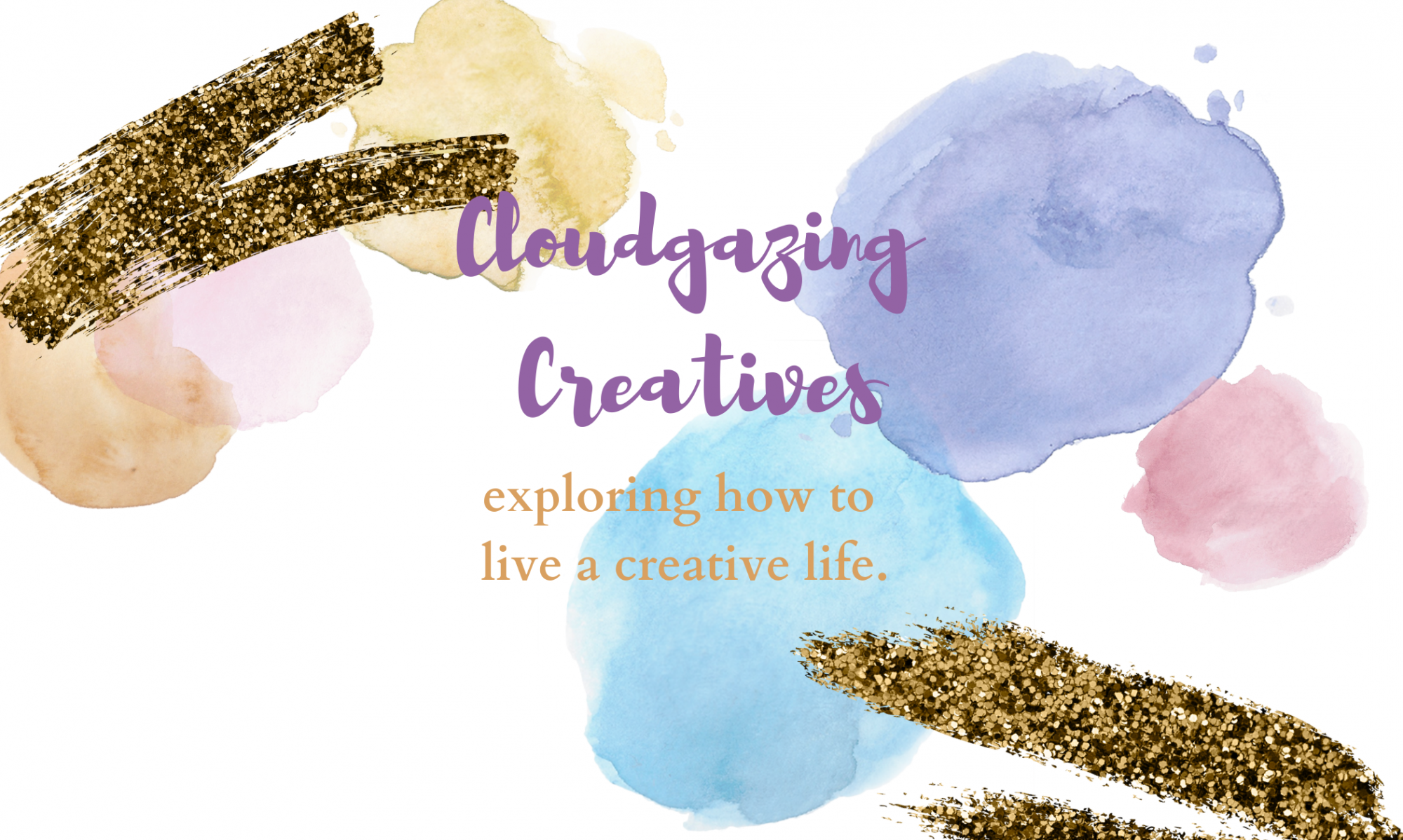Emily shares her experiences with nature in it’s more obvious place
It seems mildly oxymoronic to call this post “nature in the country’ doesn’t it? But all too often we forget that the natural world is right outside, even when we live in the country. Growing up in rural South West England, Jess and I had an idyllic storybook childhood. Endless summer days and rainy weekends were spent outdoors climbing gigantic silver beech trees that were older than Canadian Confederation! We took summer vacations to Ireland, and spent three weeks immersed in peat bogs, mountain fed streams, bracken, verdant forests and heather covered moors. As a child I was able to spend hours just sitting in a field, taking apart flowers, watching bugs and feeling the weather and seasons turn around me. This sounds lovely, but has an actual scientific basis. The neural connections fostered by extended time in nature during the first twelve years of life are more numerous, more varied and longer lasting than neural connections formed indoors in a controlled environment. The connections formed when climbing trees? Almost infinite. Those neural connections are what is going to help us as adults to have a creative, problem solving brain that can critically think and evaluate over our life time.

I now live in rural Eastern Ontario. This place is a four season wonderland. Winter here is like nowhere else, snowy and frosted, cold, and crisp. Summers are long, hot and languid. Fall is bright, fresh and breezy. Spring- well, spring is short!

I am not an outdoorsy person. You might feel when reading my posts about the importance of being outdoors for the creative brain, that I am a Patagonia wearing, forest bathing outdoor sportswoman. Nothing could be further from the truth. I don’t ski or skate, I’m not a runner nor an extensive hiker. I often find myself short on time, between work and other commitments, unable to go for long walks and stay fit. But I love the outdoors. This is my place- where I feel most relaxed, where I can find time to think, observe and watch the world. I am very invested in the importance of being outdoors for the developing brain. But more importantly, I am invested in the importance of being outside for brain maintenance. We don’t get out enough! Richard Louv is the author of several books on the topic of being outside, from a pediatric development perspective, and also from an adult perspective. His book, ‘Last Child in the Woods’ (2005, Algonquin Books) is a phenomenal piece of research into the vital role that being outside on a regular basis has on our brain. If you want to have a healthy 80 year old brain, seriously- get outside! Nature is calming, it provides a place for reflection, and our evolutionary roots call us to be outside.
In order to effect creativity I will spend twenty minutes at the bascule bridge that is a feature of my town. There is a beautiful little spot by the bridge, right next to the water, where traffic is reduced and I can see the trees and bush on the waterway. Or I will go in my back yard, particularly in summer; sitting next to my rock garden, watching the leaves of the Japanese maple change colour in the sun. In winter I will just take a walk, or even sit and watch the river steam in the freezing cold air. I don’t require long hours of outdoor hiking, although I do love that activity. I can find nature in a crack in the sidewalk, watching a ladybug on a blanket or watching a bird on a wire. It doesn’t have to be super immersed. I don’t always whip out my sketchbook and draw or paint. Creativity is improved by the elements of fresh air, a change in your surroundings and the textures and sounds you experience in your place. There is no requirement to produce a piece of art. The creative value of nature is in being present IN it. Occasionally though, mother nature offers up a view that cannot be topped by anything I make. Then I just breathe it in, and enjoy!

